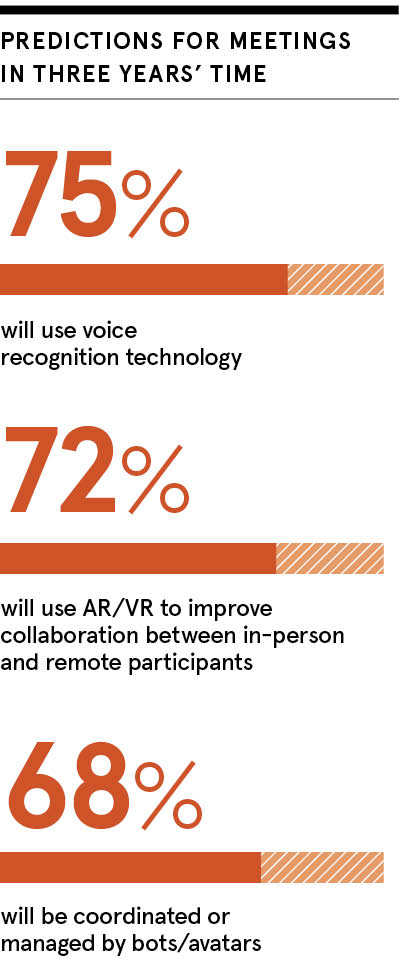As the coronavirus pandemic begins to ease across the UK and parts of Europe, businesses are now planning for workers to return to the office. After three months in lockdown, employee behaviour has radically shifted. Virtual and remote activity has been normalised. Productive home working is a reality. This will all have a long-lasting and profound impact on how we work in the years ahead.
“It’s time to see how fundamentally our behaviour has changed. But there’s no doubt the hybrid working model, mixing home and office-based work, is here to stay. As is BYOM – Bring Your Own Meeting – where employees use their preferred video-conferencing software on their own device. All these trends lead to new technology needs in the workplace,” says Lieven Bertier, segment director for workplace at Barco ClickShare. 
As governments start to lift lockdown restrictions, companies will be keen to resume “business as usual” to make the most of a “V” or “U-shaped” economic recovery. Business leaders are consulting with staff to agree how people should interact with their place of work. And as mental, as well as physical, wellbeing tops the agenda, companies are aiming to put more flexible working strategies in place.
“We are now seeing large numbers of businesses adopting a true blend of home and office-based working, as long as collaboration and connections with colleagues are seamless. State-of-the-art technology is key to this. Everyone now needs the most appropriate digital services at their fingertips,” says Bertier.
“Many employees also report that the overuse of video conferencing with peers has left them feeling frustrated and disengaged during lockdown. In most cases there is a feeling that virtual meetings, while effective, have taken the fun, valued engagement and humour out of interacting with colleagues, clients and partners.”
With remote working playing an increasingly important long-term role for many, IT professionals are now working with business leaders to identify technology solutions that improve user interaction and help workers engage with each other in a more natural and effortless way.
“You should be able to have people in the room talking to others joining remotely as naturally as if they were all sat beside each other. This means investing in higher quality solutions that enable better sound and video quality, as well as better connectivity to minimise lag,” says Bertier.
“Technology also needs to be intuitive and easy to use. People don’t want to suffer outdated solutions with bundles of wires and confusing interfaces. It might appear counter intuitive to increase an IT budget as we head into an uncertain economic phase, but now is the time to ensure technology solutions match a company’s needs, since businesses will need to be agile.”
Big companies are also reconsidering the rational of investing in large office spaces and exploring whether virtual interactions can drive a major change in their corporate real-estate strategy. Large city-centre headquarters may close or downsize to make way for smaller, more versatile work hubs strategically located nearer to a team and its customers.
These venues would offer a technology-enabled space where workers can network together and interact with other hubs using virtual tools. This would satisfy the need for human interaction and also provide a less crowded space where people can congregate for key business events and meetings.
“As many freedoms are returned, business will need to carefully consider their future workplace plan. They must respect their employees’ choices and embrace a hybrid model where employees are given the opportunity and the technology to work from a variety of locations and not feel they are sacrificing either their productivity or their ability to truly connect with colleagues,” says Bertier.
“Companies will need to be less rigid and look to a more flexible working model suited to a world recovering from a pandemic, otherwise they will struggle in this fast-changing new normal.”
For more details please go to barco.com
